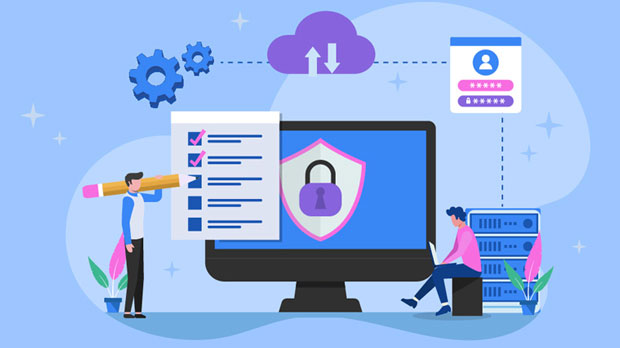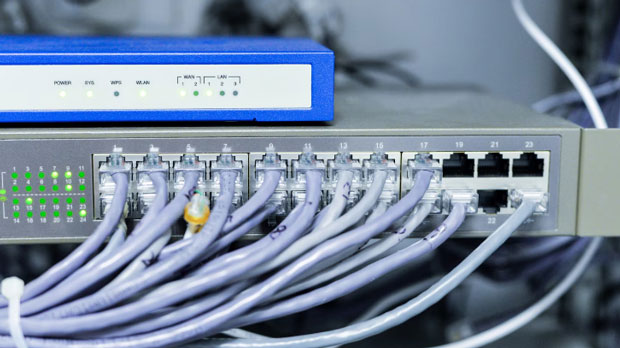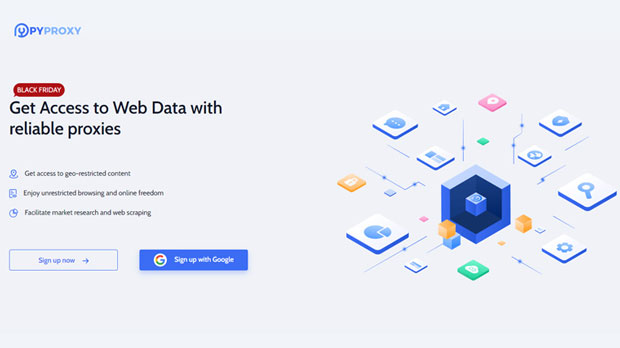In today's digital landscape, the use of proxy services has become integral to many businesses and developers for tasks like data scraping, maintaining privacy, and testing applications. One key feature that users often look for in proxy services is the ability to interact with APIs. Two prominent proxy services, PYPROXY and Dichvusocks, are frequently discussed in the context of API usage. In this article, we will explore whether these two services support API calls, the significance of this feature for users, and how it impacts the performance and reliability of these services for business and personal use. Understanding the Importance of API Support in Proxy ServicesAPI support in proxy services refers to the ability to interact with the service programmatically. This allows developers, businesses, and even individual users to automate tasks like changing IP addresses, managing session persistence, or adjusting configurations without manual intervention. For many, this is a critical feature as it saves time, increases efficiency, and allows for scalable operations.When choosing a proxy service, the support for API calls becomes even more important, particularly for businesses that rely on web scraping, automated testing, and other operations that require constant interaction with the proxy service. The ability to integrate the proxy service into custom applications or workflows can significantly enhance the overall productivity and effectiveness of such systems.Does PyProxy Support API Calls?PyProxy, a well-known proxy service, provides users with a range of features, from residential to data center proxies. For many users, the question of whether PyProxy supports API calls is crucial when considering the service for their projects. The short answer is yes—PyProxy does support API calls, which is a significant advantage for developers and businesses.API Access for Proxy RotationOne of the key features that PyProxy offers via its API is the ability to manage proxy rotation. This feature is vital for use cases like web scraping, where rotating IP addresses are necessary to avoid being blocked by target websites. Through the API, users can configure their proxy settings, rotate IPs, and even set parameters like geographical location or the type of proxy they require.Flexibility in IntegrationAnother major benefit of PyProxy’s API support is the flexibility it offers for integration into custom applications. Developers can easily integrate the proxy service into their existing systems, whether for simple HTTP requests or complex automation processes. This can be done using standard HTTP methods, making it accessible for both novice and experienced developers alike. Furthermore, PyProxy’s API documentation is comprehensive, ensuring that users can easily follow the steps for integration.Automation and MonitoringPyProxy’s API also enables automation, which is a critical component for operations that need to run continuously without human oversight. Users can automate the process of changing proxies, checking proxy health, and monitoring traffic without logging into a dashboard manually. This makes it easier to scale operations, especially for large businesses that need to handle a high volume of requests.What About Dichvusocks? Does it Support API Calls?Dichvusocks is another proxy service that has gained popularity in the market. Like PyProxy, users are often curious about whether Dichvusocks supports API calls. The answer here is also yes—Dichvusocks provides API access to its users. While the specifics of the API features may differ slightly from those of PyProxy, Dichvusocks offers several advantages when it comes to integrating its service into automation workflows.API Capabilities of DichvusocksDichvusocks offers a set of API endpoints that enable users to configure their proxy usage efficiently. Through its API, users can control the proxy type, manage IP addresses, and monitor proxy status in real-time. This is especially useful for operations that rely on high-performance proxies, such as large-scale web scraping or data gathering, where users need constant access to fresh IPs.Seamless Integration with Custom ApplicationsJust like PyProxy, Dichvusocks allows seamless integration with custom applications through API calls. This feature ensures that developers can quickly integrate proxy management capabilities into their workflows, saving time and effort. Whether the task is simple proxy rotation or more complex operations, the Dichvusocks API enables users to interact with the proxy service directly from their applications.Enhanced Proxy ControlOne unique feature of Dichvusocks’ API is the level of control it offers over proxy usage. For example, users can not only rotate proxies but also filter proxies based on specific criteria such as location, anonymity level, or speed. This allows users to tailor their proxy usage to their exact needs, which is crucial for businesses with specialized requirements.Key Differences Between PyProxy and Dichvusocks in Terms of API SupportWhile both PyProxy and Dichvusocks provide API access, there are some subtle differences that may influence your decision to choose one over the other, depending on your specific needs.Ease of Use and DocumentationBoth services offer comprehensive documentation, but PyProxy is often considered to have a more user-friendly and detailed API reference. This makes it easier for new developers to get started with the service. On the other hand, Dichvusocks’ API documentation, while complete, may require more technical expertise to utilize effectively.Proxy FeaturesPyProxy tends to offer a broader range of proxy options, including residential proxies, which can be crucial for certain use cases. Dichvusocks, on the other hand, is known for its high-speed proxies and more targeted location-based options. Depending on your needs, these differences can make a significant impact on the effectiveness of your API integrations.Pricing and FlexibilityBoth services offer competitive pricing, but there are differences in how their pricing models are structured. PyProxy offers more flexibility in terms of customizable plans for API users, while Dichvusocks provides more structured plans with clear-cut options for proxy types and features.Conclusion: Choosing the Right Proxy Service for API IntegrationWhen it comes to choosing between PyProxy and Dichvusocks for API support, both services offer robust features that cater to the needs of developers and businesses. PyProxy stands out for its ease of use, extensive documentation, and diverse proxy options, making it a solid choice for those who need flexibility and scalability. Dichvusocks, on the other hand, is an excellent option for users who need high-speed proxies and advanced control over their proxy settings.Ultimately, the decision depends on your specific needs, such as the type of proxies you require, your technical expertise, and how you intend to integrate the service into your workflow. Both PyProxy and Dichvusocks are highly capable services, and with their API support, they can significantly enhance the automation and efficiency of your operations.
Mar 21, 2025
![arrow]()



























































